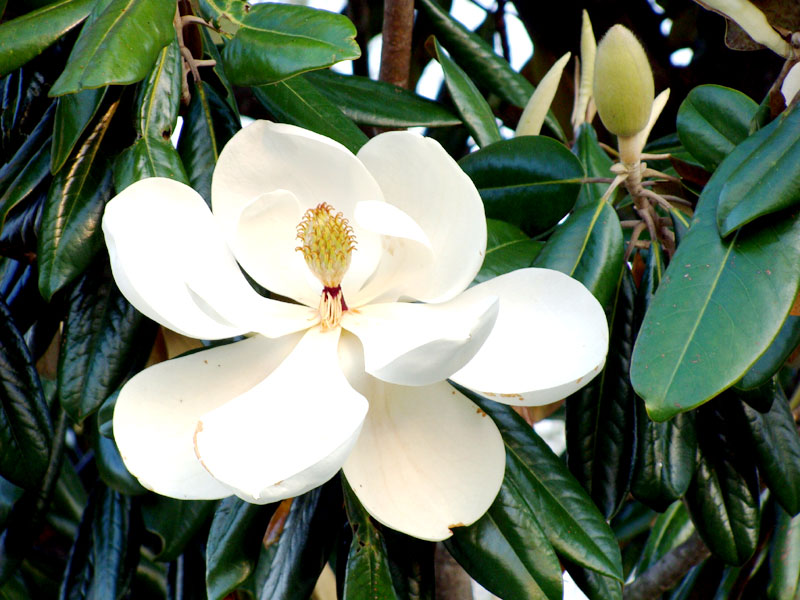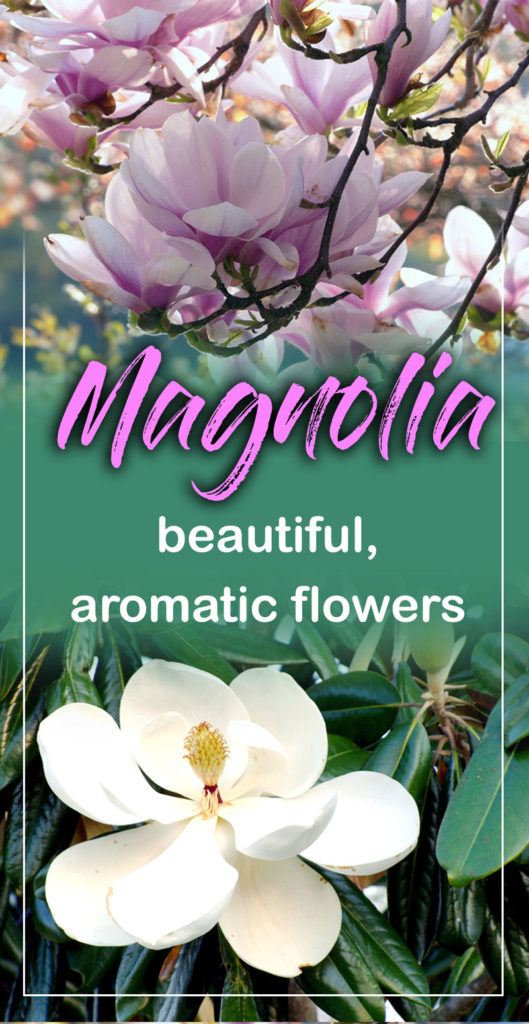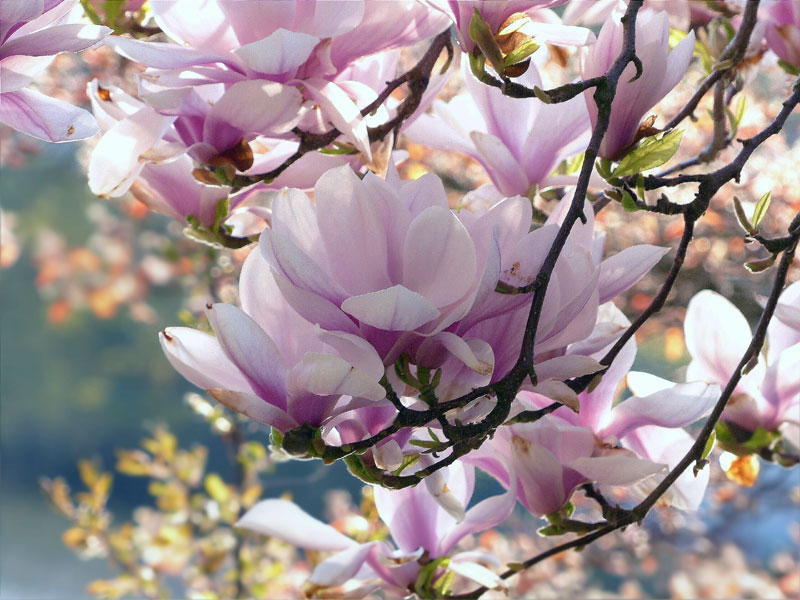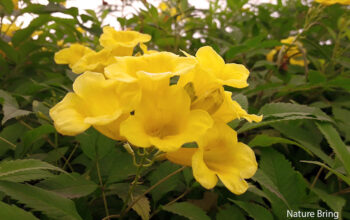Magnolia
Learn How to grow Magnolia flowers, Growing Beautiful, aromatic Magnolia flower, Magnolias care and more about this tree. Magnolia flowers are known for their beautiful, aromatic white, pink, red, purple, or yellow. There are many genus in the form of trees and shrubs, they contain two types of evergreen and deciduous. These are very popular in America and many of its hybrid species have also been developed. How to grow a magnolia tree, magnolia care, propagation and more about.
Magnolia flowers arrival of the blossom begins in the spring in about February and March and some do not flower till late June, at this time you need proper care. Magnolia prefers full sun and produces healthy flowers in the right situation. Nature Bring is giving you information on the growing and caring about magnolia. See a detailed description of the propagation.
Overview Magnolia
- South Magnolia was officially named after 1952 Magnolia State. Magnolia was seen in the coastal area of the South Eastern United States.
- Its flowers are very aromatic and leaves are evergreen, they give pollen in large amounts.
- Magnolia flowers produce fruits like cones in red, brown, in which there are large red seeds of kidney shape, which mature in mid-end of the autumn.
- Its bark and flower buds are used as a traditional medicine in China.
- They exhibit anti-anxiety and anti-angiogenic properties, in Japan, it is used to wrap the food. Read more.
Classification
Scientific name Magnolia grandiflora
Common name Magnolia
Plant type Flower
Sun requires Full Sun/part Sun
Blooming time Spring and Summer
Flower colors white, pink, red, purple, or yellow
Soil Well-drained, Moist soil
Soil pH 5.0-6.5
Zone 5-9
The Deciduous magnolia usually produced the flower before leaving the leaves, while the Magnolia grandiflora (Bull Bay) is the evergreen tree and gives flowers from summer to early autumn, in which the red seeds appear in the autumn.

How to grow a magnolia flowers
1. Location and soil
Most magnolias prefer to the well-drained and moist soil, it is best grown in slightly acid soils but neutral to slightly alkaline soils. Loam and Sandy soil they like, but there is a loss in the soggy and poorly drained soil. The established plants may be slightly drought tolerant.
2. Planting
- Keep the holes larger than the root ball and loosen the soil below with the help of forks.
- Put the root ball in the holes, fill the hole from the surrounding soil, firm the soil so that air pockets are closed. Some people also do irrigation to close the hole.
- Apply a thin layer of mulch around the root ball.
- After planting, irrigation first 3 to 6 months per week 2 to 3 times. Read more.
3. Magnolia Propagation
- Its propagation is also done by seeds, but it takes 10 years to start the flower.
- Near the ground, level layering is the easiest way. Deciduous magnolias can be easily propagated with softwood cutting. Root into a cold free space with liquid feed in over winter.
- The seeds of evergreen magnesium are germinated faster than the seeds of deciduous varieties. For this, it should take semi ripe-cuttings in late summer and early autumn.
4. Seed Collection
As soon as the flowers are converted into brown color and red seeds appear, there are bright black seeds inside it. Separate the top red flesh cover with the help of water. Put it in a polythene bag in the refrigerator. Dry seeds do not get success many times, so keep the seed in the container for 2-3 years before planting it in the garden.
Magnolias care
Mulch
Magnolias trees require a lot of mulch. You can apply it in autumn by manure, leaf mold or well-rotted manure; it keeps it feeds and control the weeds.
Watering
Magnolias leaves are large, which means it requires too much water, especially when these trees are young. Therefore irrigation benefits in the first few years, later these trees become drought tolerant.
Feeding
Do not feed new plants until the next growing season, then use balanced organic fertilizer each month between March and September for the next 2-3 years. Use a slow free acidic fertilizer in early spring and early fall. All Southern Magnolias Balance Fertilizers take advantage of 8-8-8 and 10-10-10.
Support
New magnolias need support because its top is heavy.
Pruning Magnolia tree
If you want to trim or prune your Magnolias, then the young tree is fine for this. The pruning of large branches is not healing very well.
Pests and diseases magnolia
Magnolias rarely have serious damage to any diseases and insects. However, Slugs can attack young plants, but these insects can be controlled in a modern way. Many times the leaves and flowers are attacked by leaf miners, which chew the leaves. This is a special problem in the Southern United States. Systemic insecticides are good medicines to control it but it is toxic.
Read also:
8 Best Frugal Gardening Tips. Flowering vines for Balcony garden. best flowers for Bees and Butterfly garden. Growing Lily in containers. How to grow Gardenia plants in containers. Growing and a caring Papaya tree. Growing and planting Freesia flowers. Garlic vine growing and caring. Moss rose plants propagation and care. 11 best winter flowers for your garden. growing Cauliflowers in containers.
For pin:





